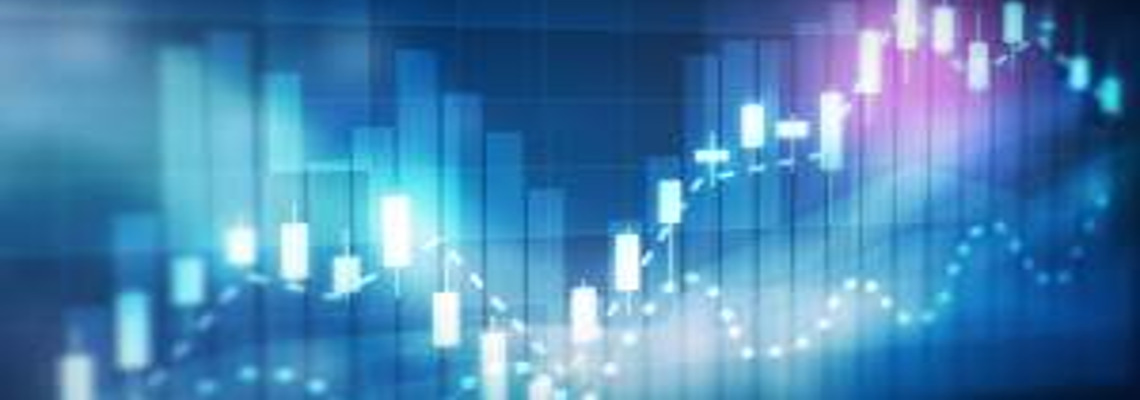US$ 22 Billion in Green Hydrogen Projects Planned in Brazil
From January to June, six Intention Letters to install H2V facilities have been signed by companies and the total of investment involved is around US$ 22 billion. One of the players is the Australian Fortescue, one of the six biggest producers of iron ore in the world. Companies of renewable energy such as the also Australian Energix Energy and petrochemical as British Petrol are also behind the investment plans.
Source: Valor Read The Article
PSR Analysis: The investment is a sign of the presence of Hydrogen to power MHV and Off Highway equipment, either for ICE, solely or combined with Diesel or other fuel, or for Fuel Cells. Another step necessary for the success of Hydrogen as a fuel for MHV and Off Highway equipment in Brazil is the infrastructure for distribution; that should come along with the success of the production plants. PSR
Fabio Ferraresi is Director, Business Development-South America, for Power Systems Research







